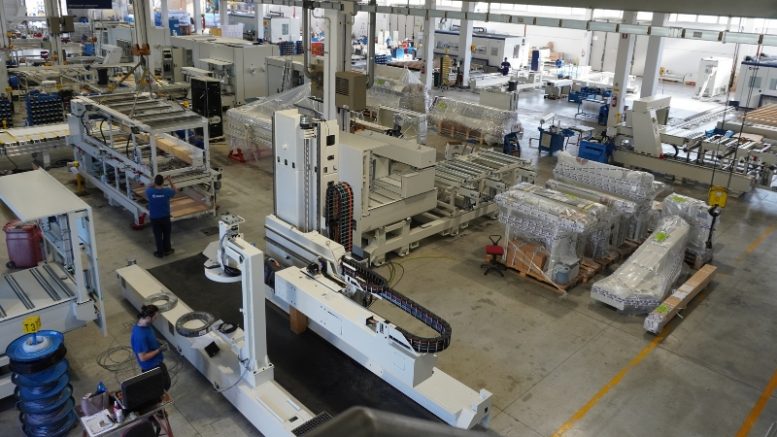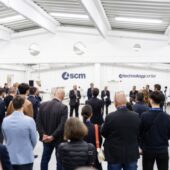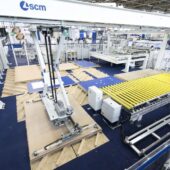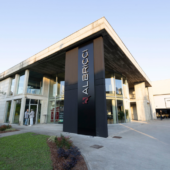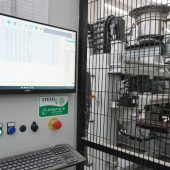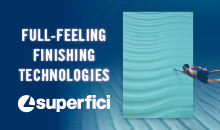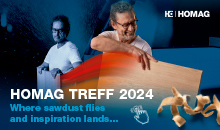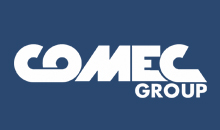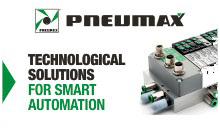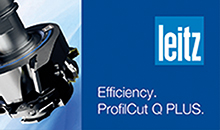Gentleman of yesteryear Livio Tiezzi: every time we visit our friends in Sinalunga (Siena), he is the first to meet us and greet us with the kindness and style that have always belonged to him. Late from his appointment as a Knight of the Republic, he was one of the very first to create an electronic numerically controlled milling machine for wood, to found Routech in 1979, and it was he who understood – in 1992 – that joining the ranks of SCM group was a winning choice, which would project the Sinalunga-based company into a completely new context full of opportunities.
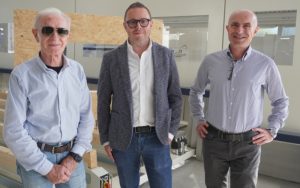
“How I wish young people could understand how much potential there is in our work“, he told us, immediately grasping the mark of one of the most burning topics in our supply chain: “We are a well-known, appreciated organization, which works with a noble material to carry out a vision of construction, which not only guarantees very high living comfort, but is decidedly more environmentally friendly than other construction techniques. Instead, we struggle to find them, to include them in that path of innovation that has always distinguished SCM and that leads us to continuously develop new ideas, new solutions, increasingly high-performance, smart, automatic machines. A lot of water has flown under the bridge since the ’60s, when we sold tools made from truck leaf springs: today we are a company known all over the world, we are part of a Group that has a total turnover of 850 million euro, and even in the Sinalunga headquarters we are growing in size and technology with great satisfaction…”.
His consolation, we are sure, is that his son, Giovanni Tiezzi, site manager of the production unit, has always been at his side. He joined the conversation with Tommaso Martini, Business Unit Manager of SCM technologies dedicated to timber construction.
“This business is undoubtedly one of the most dynamic woodworking sectors“, Giovanni Tiezzi said. “The players are changing and there are more and more companies involved, including large industrial groups that today no longer deal only with primary woodworking, but provide semi-finished products to those who build, companies that make significant investments in large plants to achieve productivity in their own right. Alongside them are other new players, general contractors who have also begun to deal with production; a particularly lively trend in North America, France, and Northern Europe, markets where we reap a lot of satisfaction.
This has meant designing and manufacturing even more “important” machines, of ever larger dimensions, and consequently expanding our production site by another 2,000 square meters. But they were not enough, and this year we acquired a plant of another 2,800 meters near our headquarters, thus reaching just under 10,000 square meters of total production space, which now allows us to organize our work in such a way as to limit the permanence of the machines in the different workstations as much as possible.
Strong demand from the market, as I said, has led us to hire more people, up to the seventy employees who now work in the two production units. Our target is worldwide, although very fragmented not only in terms of regulatory issues, but also in terms of habit and tradition: fortunately, we make very flexible machines and this allows us to overcome differences, to give a technological response that is well suited to any type of construction“.
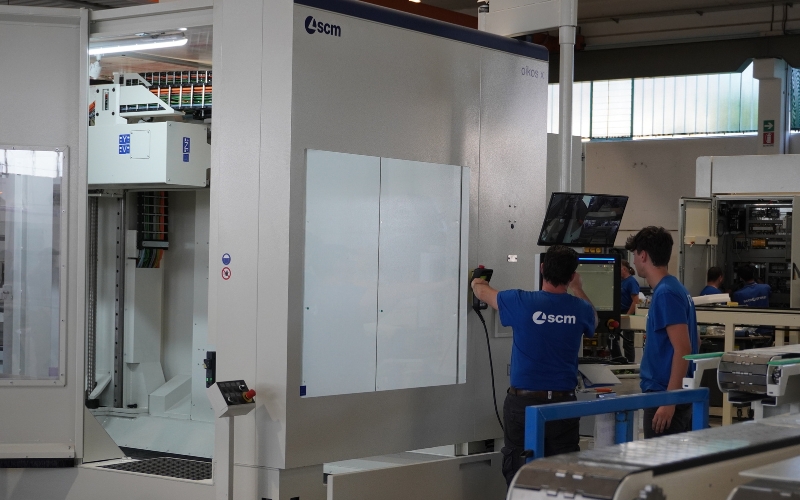
“The growth of recent years has driven us to organize ourselves even more effectively, also on the sales side – Tommaso Martini added – selecting people with specific skills to whom we entrusted the different markets, precisely because we are dealing with operators and companies that speak a different language from those who produce furniture or windows. A greater technical-sales specialization that is allowing SCM to gain market share in areas where timber construction has been at home for dozens and dozens of years, such as Germany, Austria and Switzerland.
However, we are not only growing in the markets that are most “fond” of wood: we have installed machines all over the world and we receive requests from countries that are less traditionally linked to this kind of construction. We have sold technological solutions in Morocco, Korea, and we are about to deliver some to New Zealand, others we have installed in Chile, in South America, which in our opinion could prove to be a very interesting outlet for our technologies.
In some countries, we still have to deal with local laws and regulations that do not support wooden constructions, but these are obstacles that will soon be overcome“.
It seems to us that there is finally some news also on the side of frame constructions…
“That’s right: for some time now, we have been looking around to understand how to move in this segment, which requires very specific knowledge, techniques and skills: hence the choice to define a partnership with the Swedish Randek, a well-known company in the world of “timber frame” prefabrication. The fact of offering complementary products has allowed us to join forces in many contexts, adding specific solutions for this type of construction to the SCM catalogue, which is particularly appreciated in the United States and throughout North America.
In North America, a huge change is taking place that sees the rise of highly automated systems, with major investments in the way homes are built and large investments are being made in automation. Randek was the first company to integrate wall assembly robots into its lines; a historic company, which has been carrying out a process of innovation in this specific segment since the Sixties“.
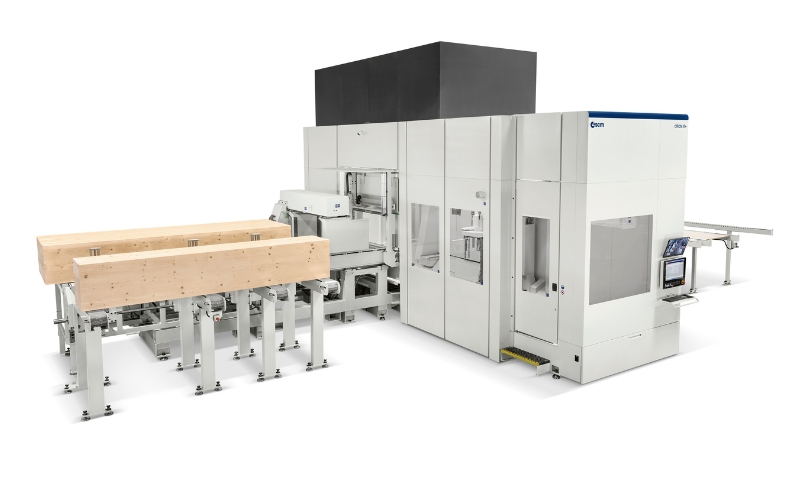
So, it’s no longer just cross laminated timber?
“Frame construction is a well-established technique in many countries where mass timber is only now emerging. The two technologies are both consolidated, widespread and increasingly the choice is made on the basis of the project, on what must be built, therefore using the most suitable technique in each circumstance. The partnership with Randek allows us to have our say in both contexts, being able to count on strong technical and commercial skills on both sides“.
“It must be said that even in architecture the mixture of different materials, both from a structural and aesthetic point of view, is now widely accepted, and the possibility we offer of having flexible technical answers for any objective is making us gain more and more space among our competitors“, Giovanni Tiezzi said. “This meant improving our technological solutions also from the point of view of software, which we can easily retrofit even on machines already installed. Our software integrates know-how that was previously available only to the best carpenters. The possibility, offered to our customers by the SCM Maestro software, to be able to free their production from a handicraft process, and therefore to be able to employ technically competent but less experienced personnel, has facilitated the entry of new players into the sector, strong in financial resources and industrial structures, ready to invest in much more intelligent machines that can to give excellent results even without particularly skilled operators“.
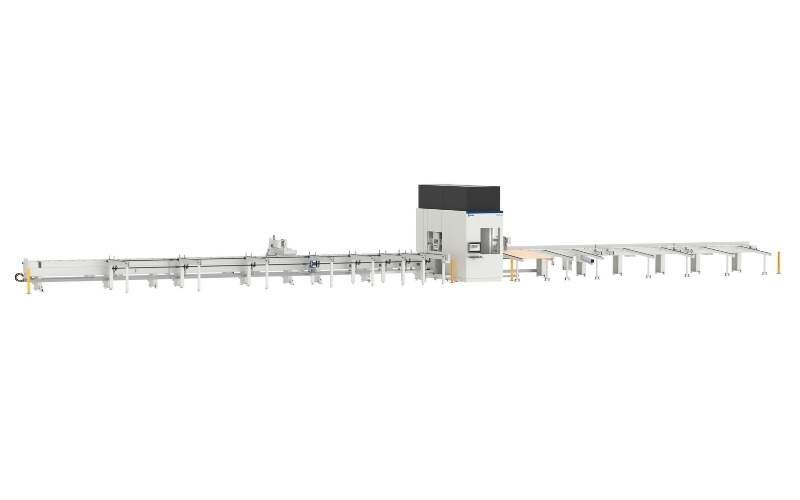
Have they been complex years, the last ones?
“The increase in sales, the need to produce more machines in the shortest possible time has undoubtedly put us to the test, also because of the difficulties known to everyone in finding components and materials. Being part of SCM, we were able to manage these situations and lay the foundations for even more significant growth in 2023 and 2024.
In recent months we have noticed a certain climate of expectation, in light of international events, but the demand for wooden buildings – and, therefore, for our machines – is fortunately still high. We are also optimistic because we have developed an offer that perfectly meets the needs of the market. In 2013 we presented our first “Oikos“, with which it was possible to work both “Clt” and beams. We have recently developed the new “Oikos XL“, which allows you to process beams, pillars and larger elements. At the same time, we worked on a solution that would be even faster, perfect for machining smaller sections up to 450×240 millimeters, with a small footprint and investment. This is how “Oikos XS” was born – where the “S” stands for “speed” – which processes long pieces and is perfect to be combined with the solutions of our partner Randek. Without forgetting the most recent of our achievements, the “Oikos XL+“, that we officially presented in recent weeks: a machine with aggregates, structure and design that place it at the top of the range in construction for large buildings.
At the same time, we are expanding our “Area” range, whose vocation is first and foremost the processing of “Clt” panels. A couple of years ago we presented “Area XL” for large volume productions, with two spindles and great power, perfect for those who need high productivity. “Area”, on the other hand, is our proposal for those who generally buy the panel and limit themselves to processing it, while “Area X” is the version that can be integrated into a line. As you can see, we have chosen to segment our offer by “sizes” and different needs, having matured that when you want to achieve certain results it is essential to focus on specialized machines, designed and built to guarantee maximum results on the “Clt” panel or on the beams, the longitudinal elements.
The expansion of our portfolio is in line with the most recurring requests from our customers: this shows us the effectiveness of our technological innovation choices. However, we are always willing to think about the issue of customization, even if customized machines are very often absorbed by increasingly articulated ranges…”.
And how do we conclude?
“There would still be a lot to say and tell,” says Giovanni Tiezzi. “The world of timber constructions is going to experience very, very important developments: there are many innovations on the horizon that we are already studying to bring prefabrication to extreme levels, all those processes that can be done in the factory while limiting the work on site as much as possible“.

